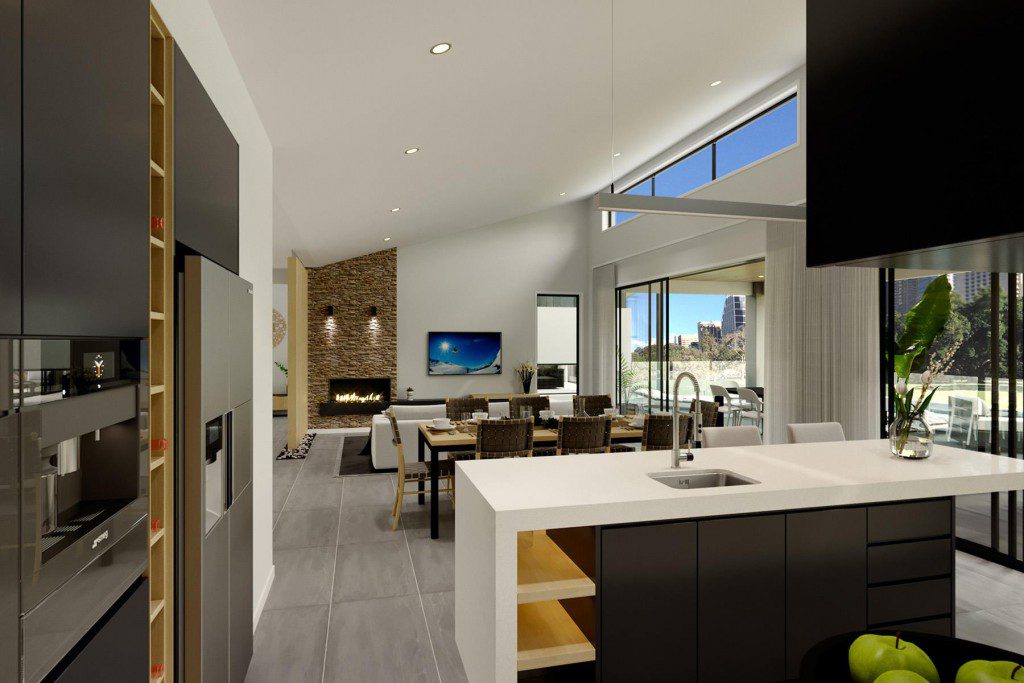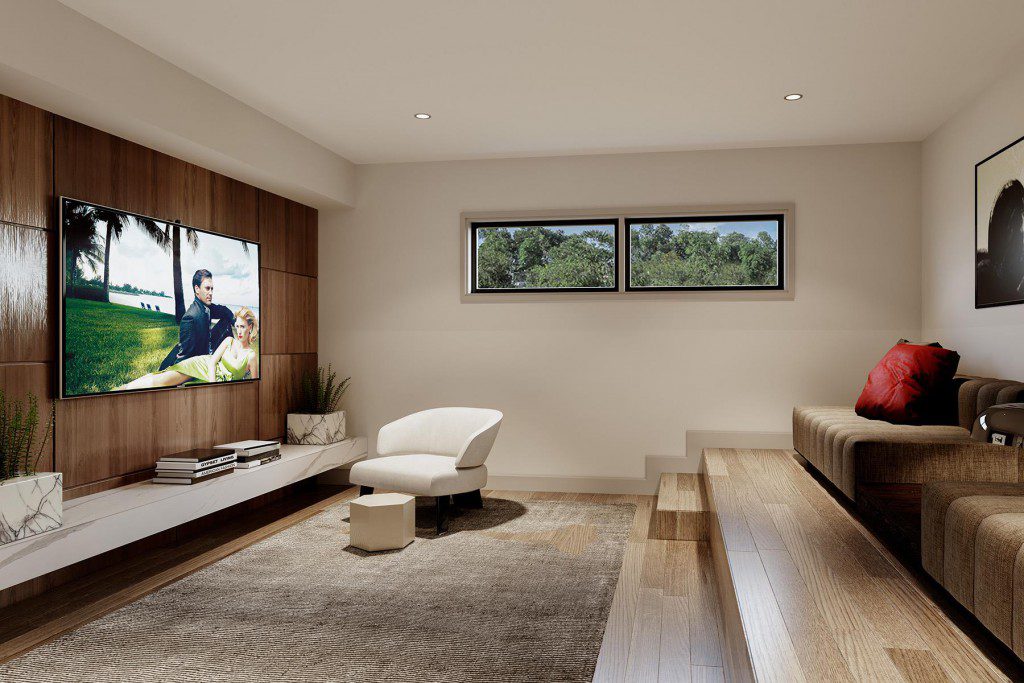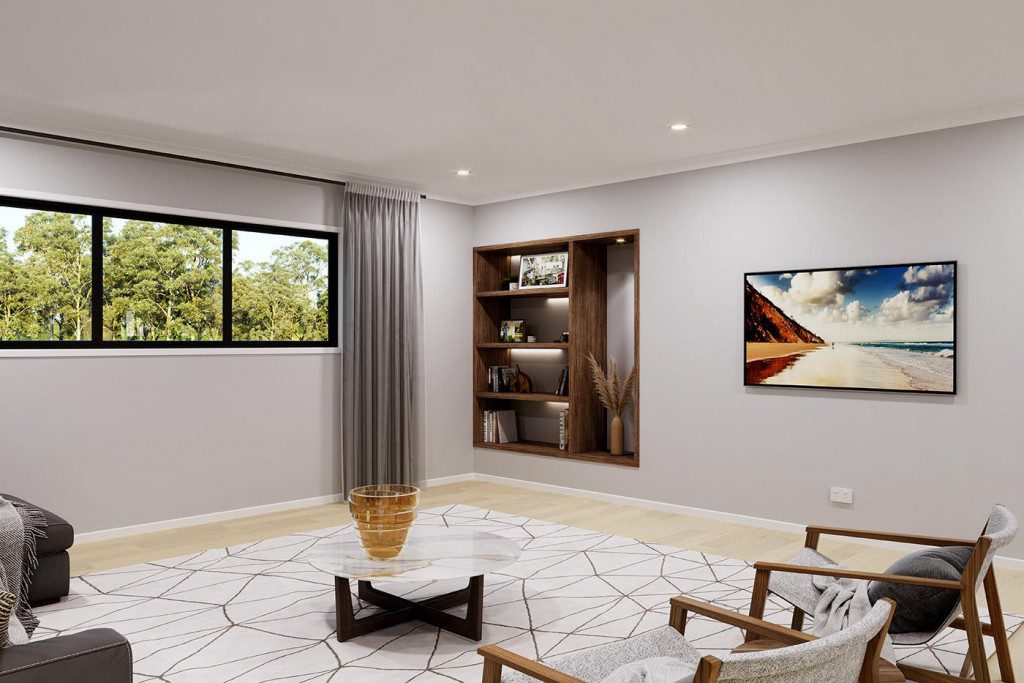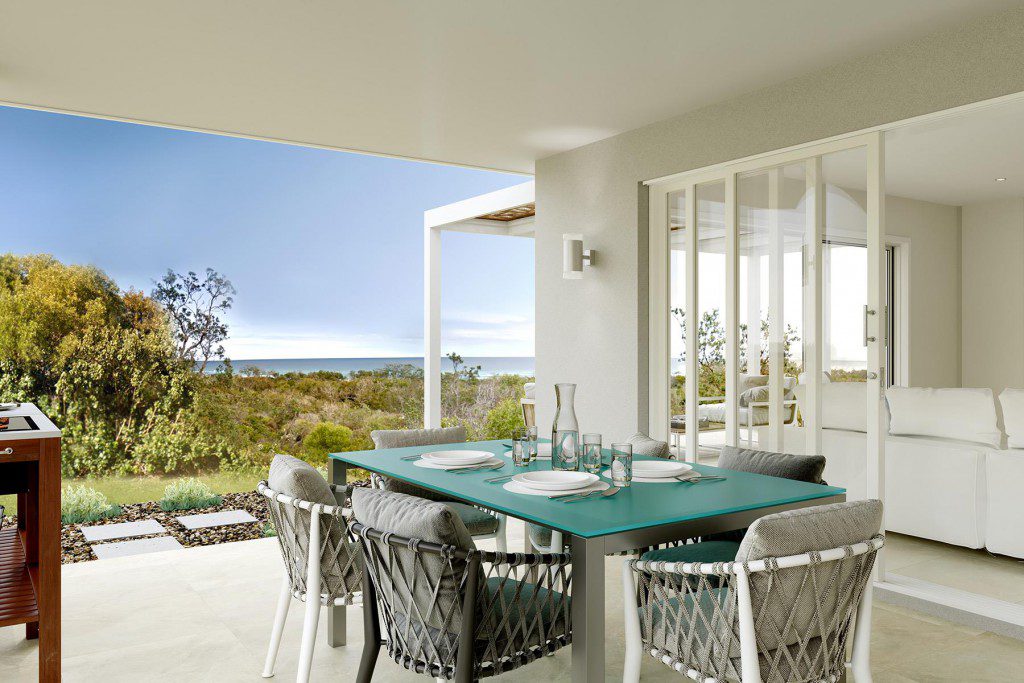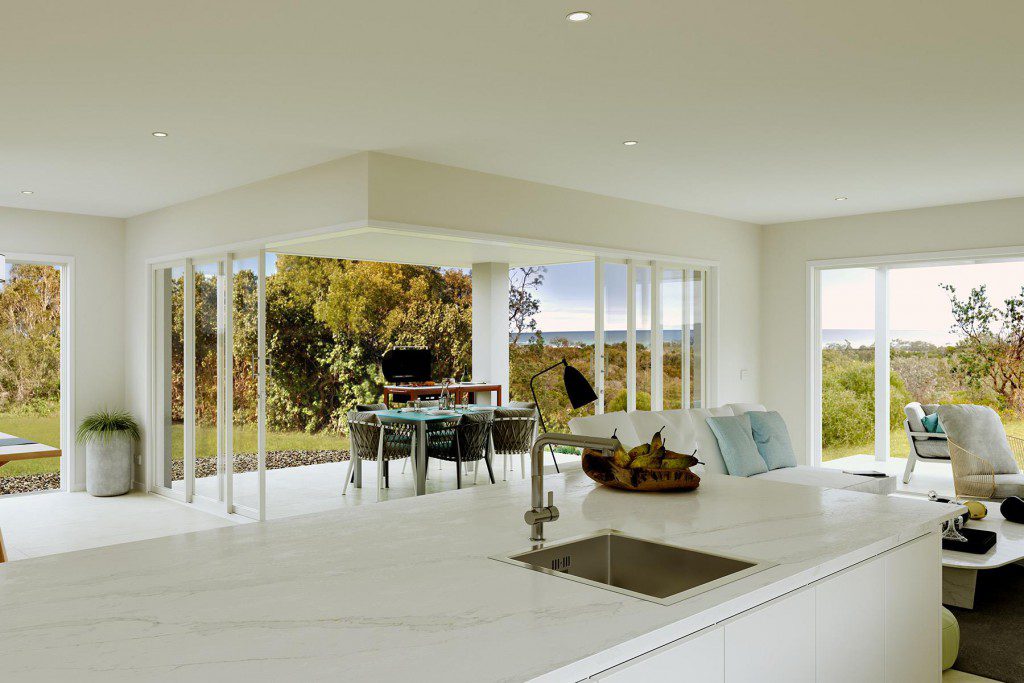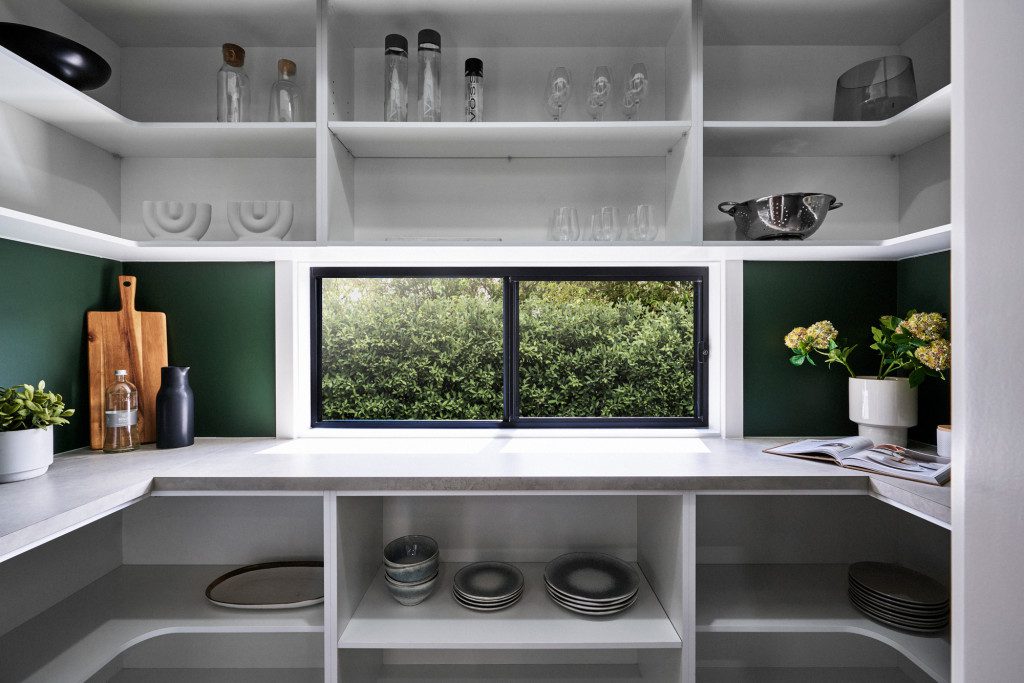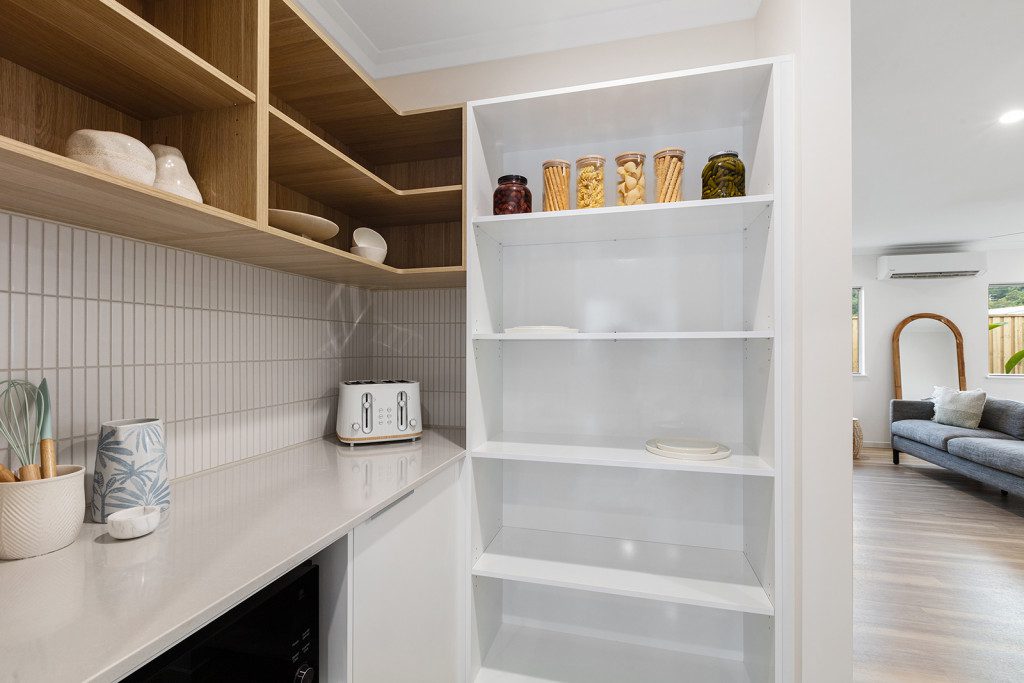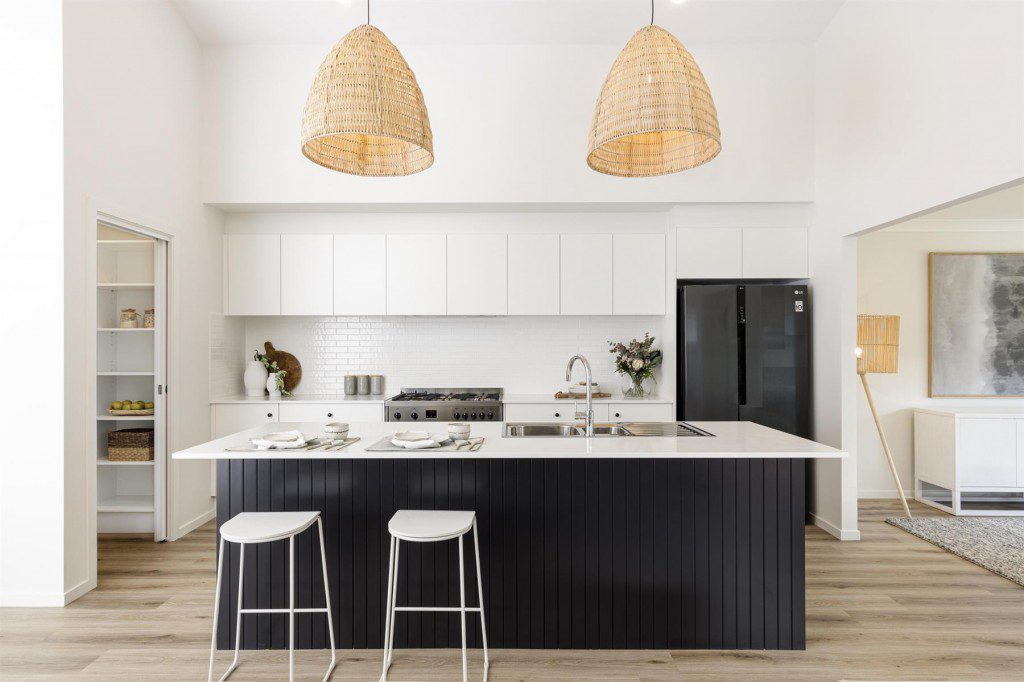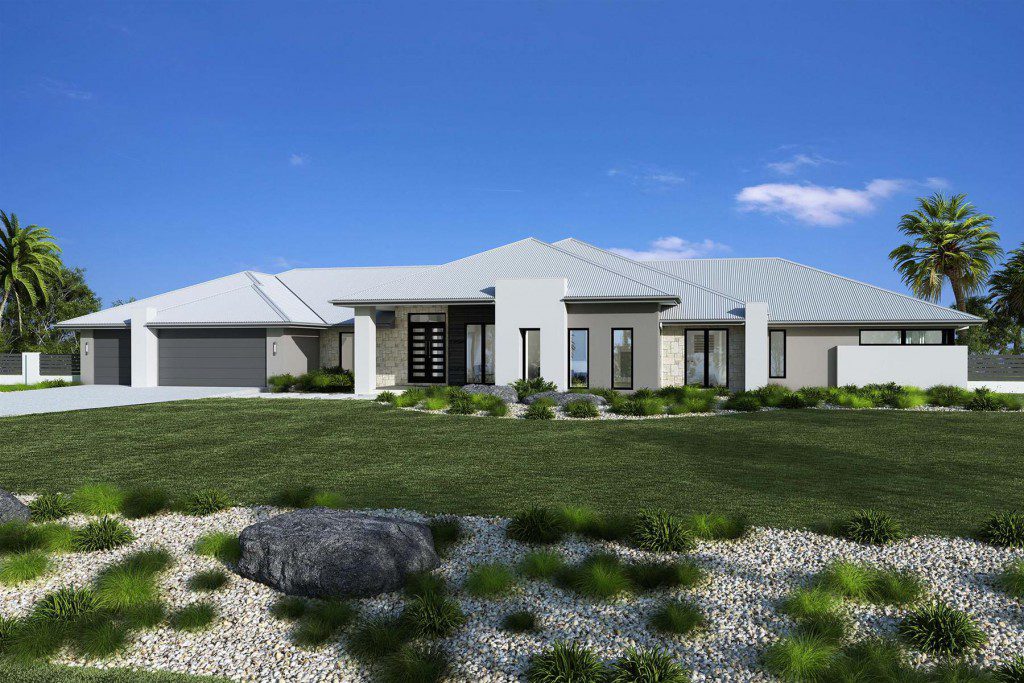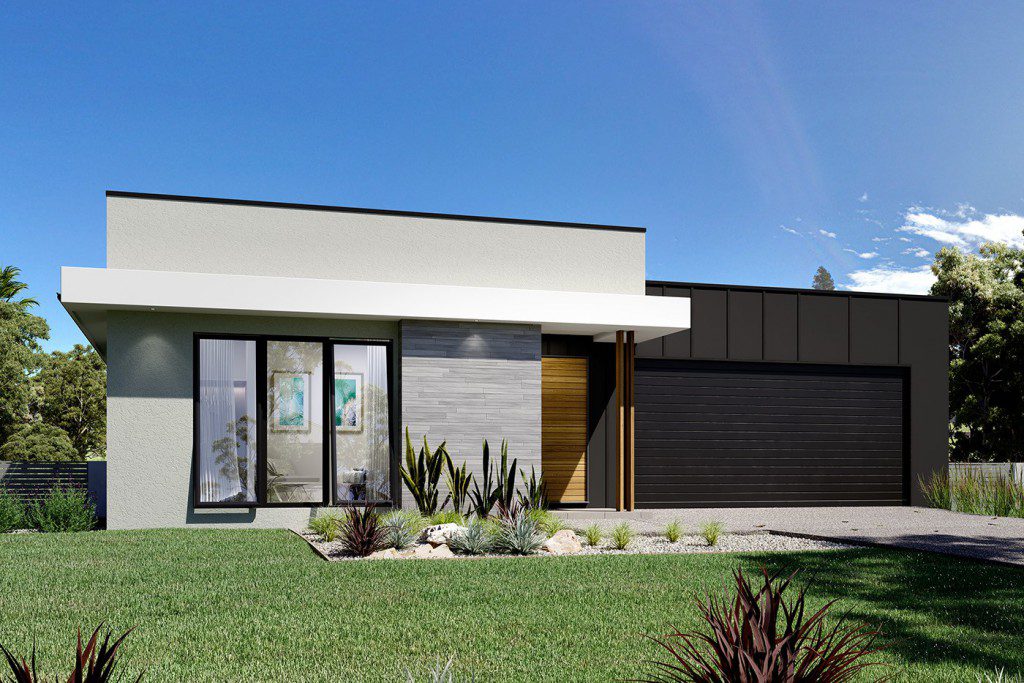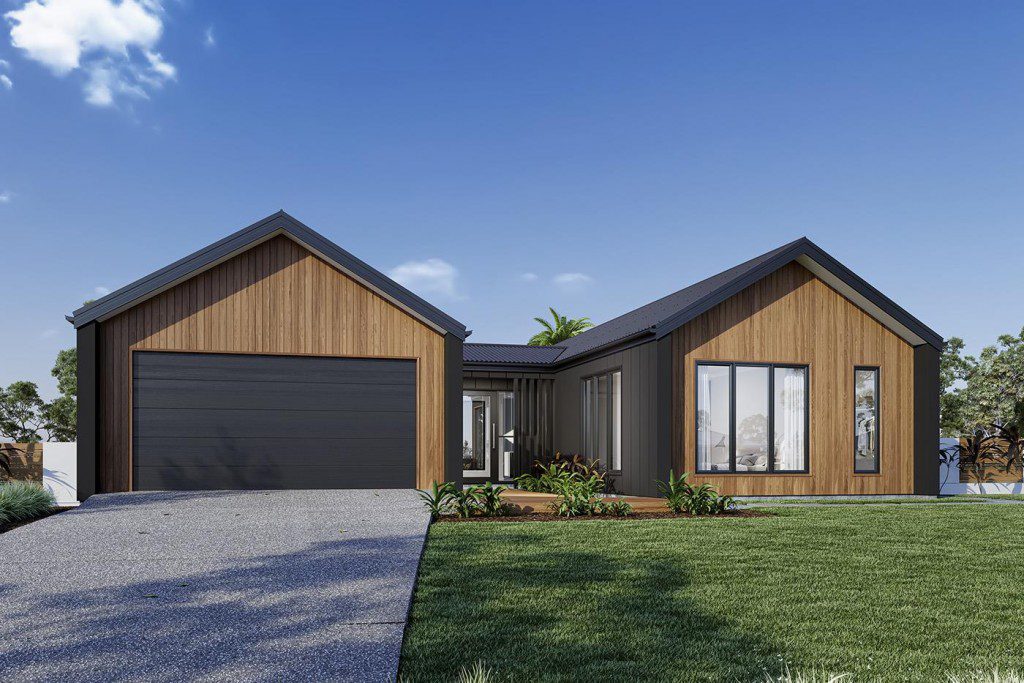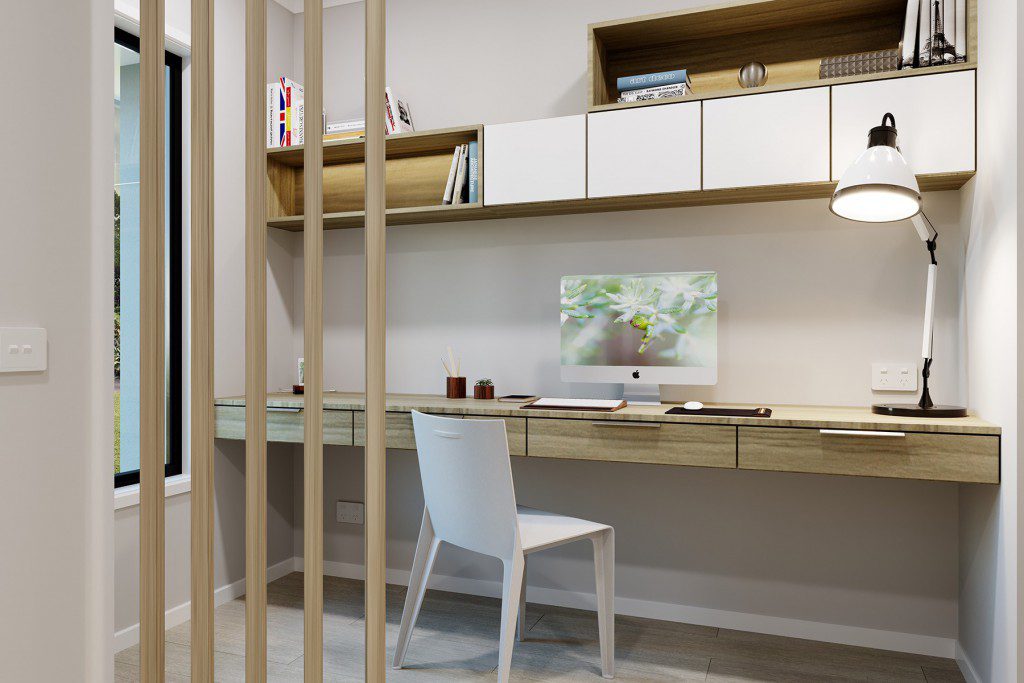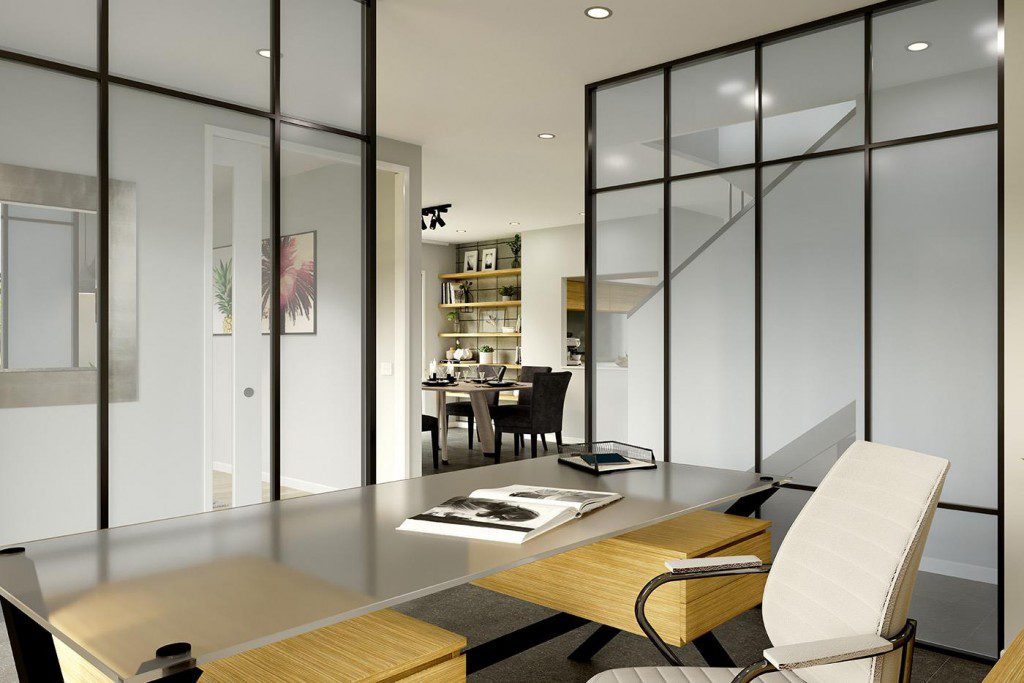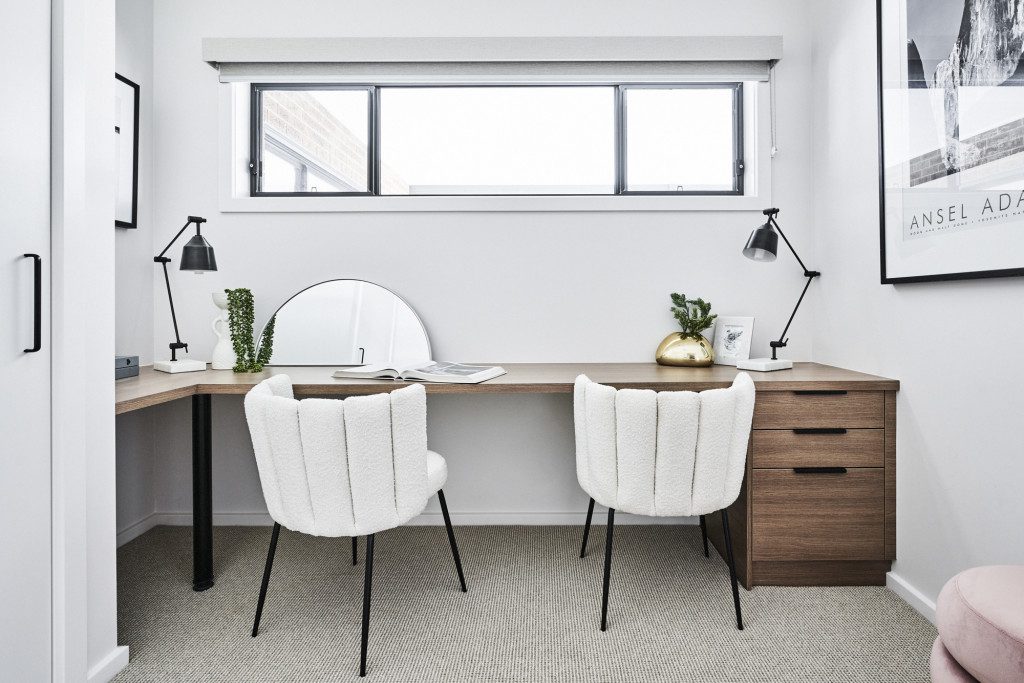
What’s an Aussie home without a generous backyard to play, unwind and enjoy all year round?
Alfresco spaces have become a staple of Aussie home designs as we make the most of our world-renowned weather. However, it can be challenging to perfect this home feature and create a space that’s maintainable, functional and adaptable with the rest of your home.
Fortunately, G.J. Gardner Homes’ team of design experts and their decades of experience have discovered the keys to making your alfresco space sing. Here’s our guide to alfresco ideas and how to design your best outdoor space.
Benefits of alfresco spaces
Australians have reported spending more time outdoors in adulthood than in childhood, as post-pandemic life has forced many of us to crave time in the great outdoors. By adding an alfresco space to your home design, you reap the many benefits of spending time outdoors and increasing the size of your floor plan.
Summer entertaining
Once the warmer months arrive, it’s the perfect time to have friends and family over for summer dinner parties and BBQs. With alfresco spaces, you have the opportunity to convert your backyard into an additional dining and living area that’s perfect for guests. Alfresco dining spaces let you avoid overcrowding in your kitchen and dining area whilst you fight the summer heat. Enjoy the weather, the luxury of space and the great company, all still within your own home.
Stronger health
It’s no secret that outdoor time can greatly boost your physical and mental health. By incorporating alfresco spaces into your home design, you increase your opportunities to unwind in the elements. Time outside can lower your stress level, tame your blood pressure and calm your heart rate. Sunlight and fresh air serve to help your mental health as well. Alfresco spaces let you take advantage of this well-being win and create a home that’s not just good but good for you.
Space aplenty
With an alfresco, you’re adding an extra living area to your floor plan. Shrewd design lets these outdoor areas become assets to your home and some of the most used spaces. By making use of your home’s backyard, you can add an extra kitchen, dining room and kid’s zone to the floor plan. This additional space offers your family more room to come together or enjoy time alone.
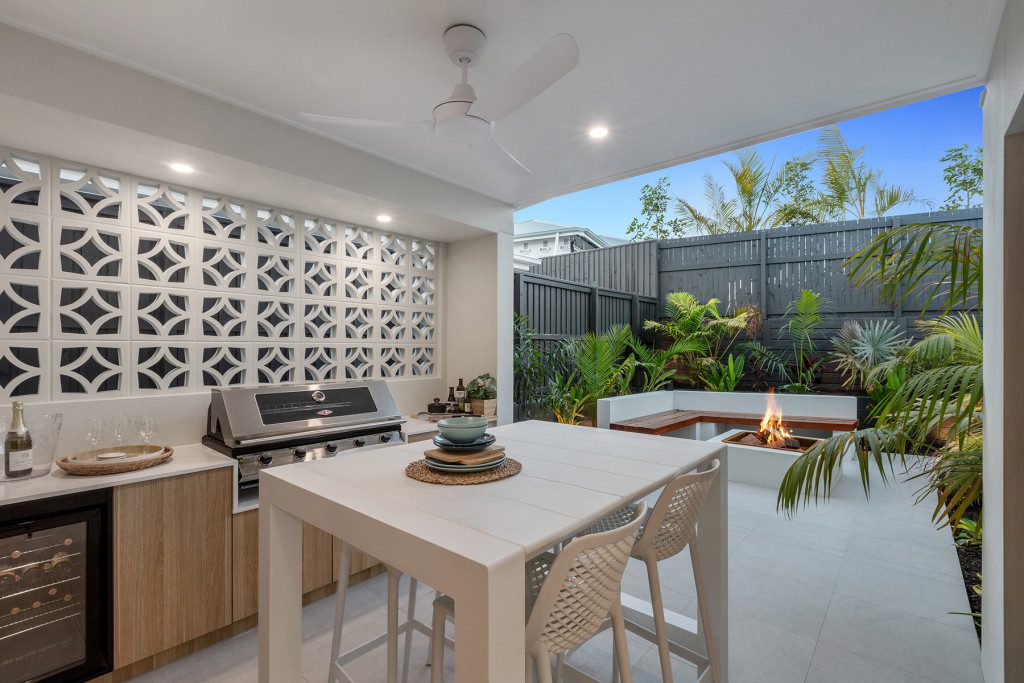
Where to start
When it comes to designing your alfresco space, it can be hard to know where to start. We recommend reflecting on your lifestyle, your budget and your time for maintenance.
These factors can help you find what alfresco ideas will be realistic for your lifestyle, so you can be sure to design the perfect space for you.
Alfresco Ideas
With so many options, styles and features available, our team has plenty of alfresco ideas to help you find one that’ll work for you and your future home.
Compact comfort
Just because you’re low on space doesn’t mean you can’t convert your small backyard into a luxury alfresco. Through shrewd planning, landscaping and design, a petite backyard lets you enjoy an alfresco without the major upkeep and investment.
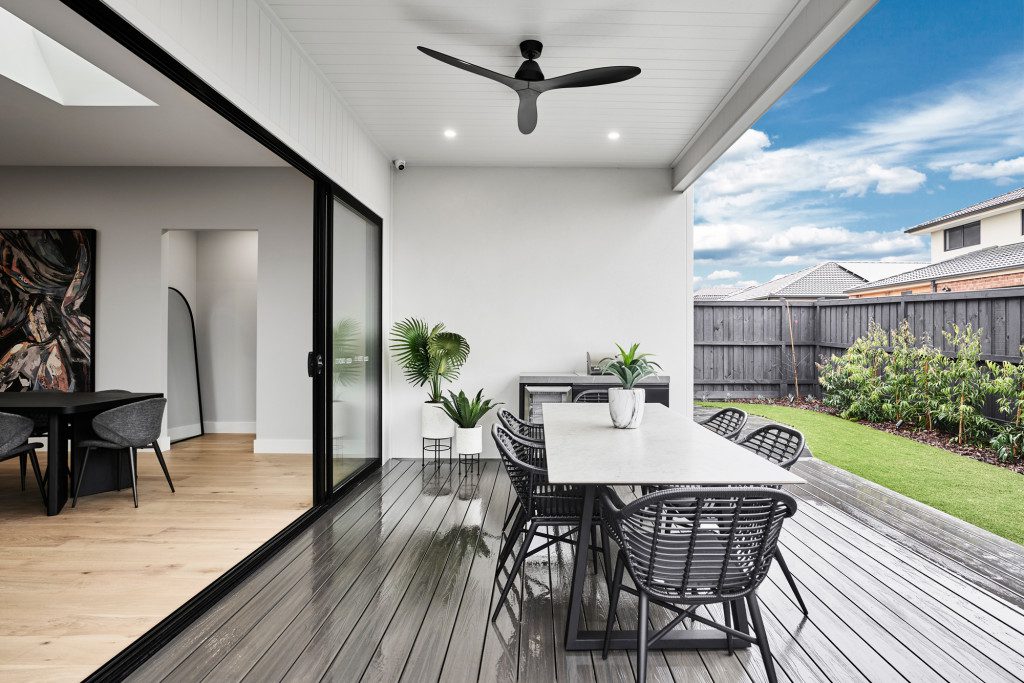
Entertaining enthusiasts
Make entertaining even easier and bring the kitchen outdoors. Whether hosting dinner parties or just your nightly family dinners, an outdoor kitchen elevates your home.
Flowing flooring
The flooring of your alfresco is a great way to add personality and flair to this space. From stone and tiling to timber, you can extend your interior flooring out to allow for a more cohesive space overall, so the inside flows to the outside. Or, make your alfresco area feel fully its own with fresh choices.
Covered up
Keep your alfresco area covered so you can enjoy the outside, no matter the weather. By adding or extending your awning out, your alfresco area won’t be impacted by harsh sunlight or storms and can truly be utilised day in and out.
*Balwyn 204
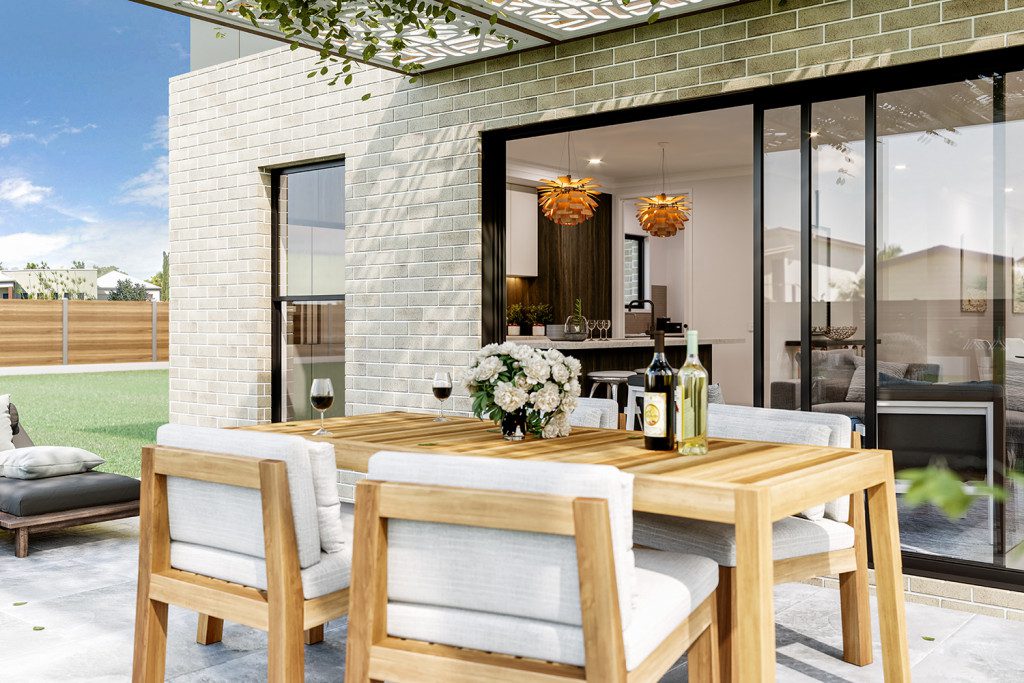
Dinner by the water
A pool in your backyard is the ultimate summer luxury, making your own home feel like a resort. Whether you’re keeping your outdoor area compact or going big, you can customise your home design so you don’t lose your outdoor area to the pool and actually have the space to truly enjoy it.
How to design your dream alfresco
If you’re looking for alfresco ideas when customising your G.J. Gardner Homes project, reach out to our friendly team for advice and insight. Building thousands of homes a year, G.J. Gardner Homes is experienced in designing and building for the Australian climate and know how to make the most out of the outdoors.

